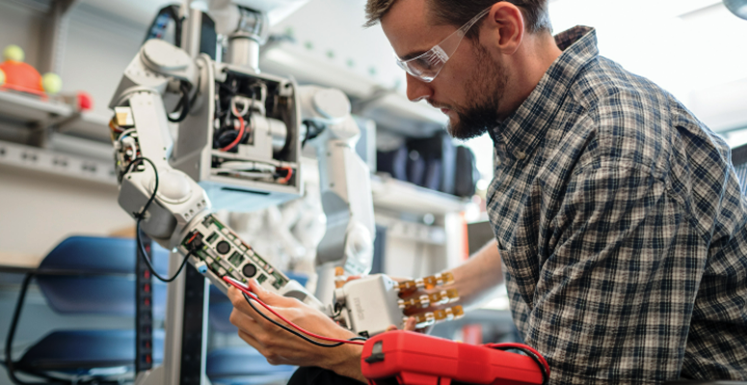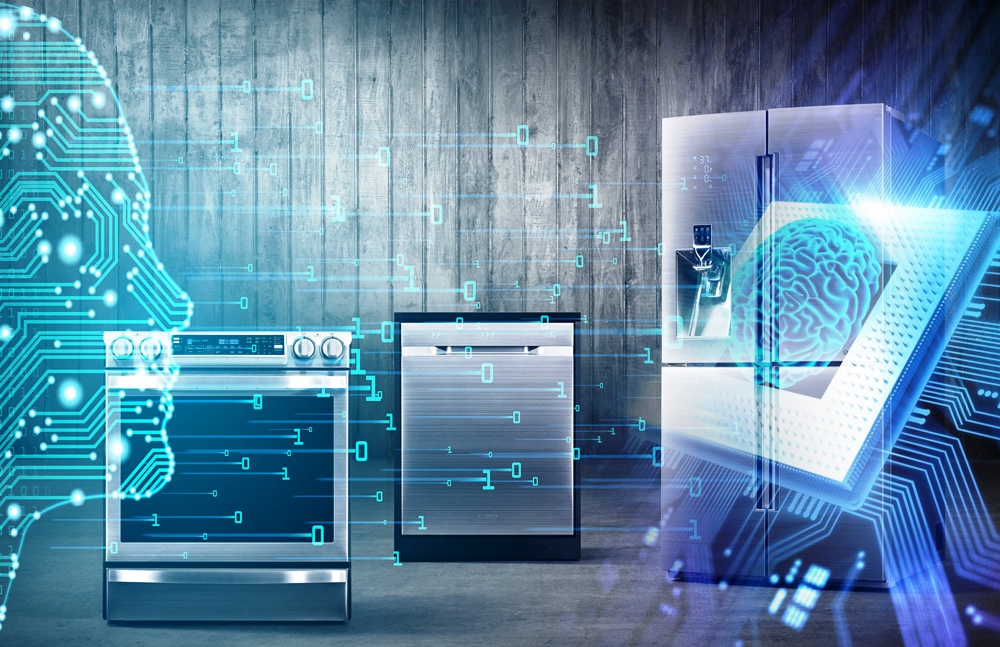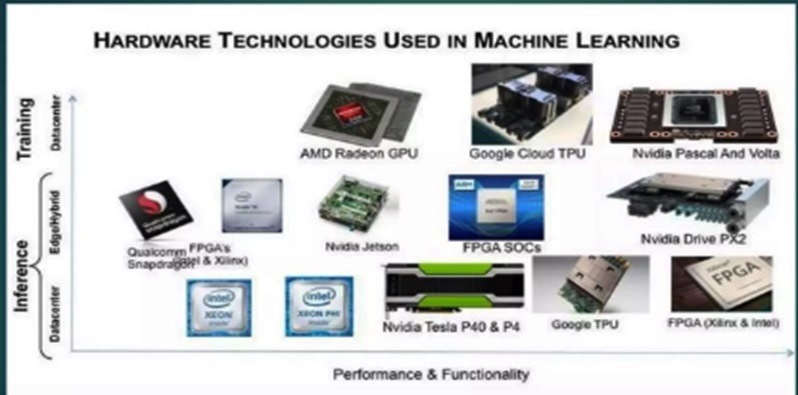❖ Introduction:
Since 1959 AI & ML has been playing an important role in the technological advancement. Expert systems are a form of intelligence system that has been used since the 1970s to solve problems in specific domains. In the 21st century, the demand for AI boosted up in the present age machine learning in all the sectors. New methods are introduced day by day & with the use of powerful hardware and different approaches to the collection of data Machine Learning effectively found application in software & hardware industries. The latest AI application in the field of Electrical & Electronics Engineering new inventions & investigations has led to the various new ideas & challenges that were once unbelievable. The Industries which deals in the power sector, control engineering, consumer electrical appliances, space satellite, electrical sales, and electrical vehicles working on AI & ML technologies played a vital role in most of the common areas, including power supplies, audio electronics, and radio communications. Nowadays Smart grid parameters can be monitored by various machine-learning algorithms. One can modify the project design, improve the performance, control the fault detection & tolerant control; improving robotics by the use of artificial intelligence. Electrical engineering based systems are also built, interpreted & optimized with the help of AI applications with reduced testing & simulation time. AI also provides highly secure data security and privacy.
Expert system consist of two main components: Knowledge Base and Inference Engine.
Knowledge Base: This is a repository of information about a specialized domain. It contains facts, rules, heuristics, and other knowledge that the expert system uses to make decisions.
Inference Engine: The inference engine is responsible for reasoning and drawing conclusions based on the information in the knowledge base. It uses if-then rules, also known as production rules, to make deductions and reach conclusions. The if-then rules are in the form of “if condition(s) are met, then perform action(s).” These rules capture the expertise of human domain experts and are used to guide the system’s decision-making process.
❖ The potential applications of AI in Electrical Engineering:

As technology has advanced, AI has evolved to incorporate various techniques, and modern AI systems often use a combination of approaches, including expert systems, machine learning, natural language processing, and more, to solve complex and diverse problems.
- Power system engineering is a subdivision of electrical engineering. AI is applied in the power system for operation, planning and control.
- Control of Power plant can easy handled by AI by the use of PPC “Power Plant Controller”.
- Automation of Power system by the use of IC devices & data acquisition advance features of automatic decision making & control of power system may be achieved.
- In Distribution System, the Power is delivered to the consumer by this process. It has line wire, transformers & poles and some other devices. Consumer may be commercial, Industrial or Residential. By AI application efficiency, reliability, and sustainability of power distribution systems are improved.
- Artificial intelligence can potentially enhance system performance by identifying and fixing problems before they happen. This could also help engineers get the most out of their work by reducing the time it takes to resolve issues.
- For computer and electrical engineering leaders, this technology can allow them to align their organizations’ operations with their growth.
❖ The Potential application of ML in Electrical Engineering:

Machine Learning encompasses a wide range of algorithms and statistical models that enable systems to learn from data, find patterns, and make inferences without being explicitly programmed for specific tasks. Machine learning is particularly useful when dealing with complex and large datasets.
- There are widely novel use of Machine Learning in electrical engineering including controls, signal processing, filters & antennas, sensor systems and hardware design.
- Data mining concept also plays an important role with the mapping between input and the output of the system as huge amount of data produced by electrical system.
- Adaptive control system is best suited as the example of machine learning with electrical engineering.
- Machine learning in grid integration & power distribution found application in Wind Speed forecasting. Load & fault detection are some key terms of the operation & planning of power system.
- Machine learning in end user energy consumption pattern may also be judge by different algorithms such as K-nearest neighbours, random forests & decision tree.
- In power quality analysis, now a day’s latest power plant worked on fault recorder with digital techniques, smart relays, power plant monitor system, voltage recorder & specially designed power quality apparatus. So in power quality analysis machine learning principles found wide application in operation & planning.
- Machine learning algorithm in load balancing provides improved results as compare to general methods such as curve fitting numerical methods.
- Machine learning also helpful in feedback & control problems, as some times the non linear control system problems are complex and cannot be solved by linear control theory.
- The field of machine learning control is a sub-field of intelligent control and machine learning that focuses on solving optimal control problems. MLC is mainly utilized in complex non-linear systems where linear control theory is not applicable.
❖ Conclusion:
The modern era of electrical engineering with ML & AI are at the forefront of technology and shaping a more efficient, sustainable, and technologically advanced future. In general, these techniques are basic to precision design when selecting, rejecting, or channelling of energy is important. Nowadays Artificial Neural Networks are specific types of machine learning systems inspired by the structure and function of the human brain. They consist of interconnected artificial neurons (synapses) organized into layers. Each neuron receives inputs, processes the information, and produces an output that feeds into the next layer, allowing the network to learn and make predictions. Deep Learning is also a subset of machine learning based on artificial neural networks with multiple layers, often referred to as “deep neural networks.” Deep learning excels at learning representations of data through hierarchies of increasingly abstract features. This hierarchical representation allows deep learning models to excel at tasks such as image recognition, speech recognition, natural language processing, and more.
The capabilities of AI & ML have led to significant breakthroughs in various technologies based applications, making it one of the most impactful and rapidly evolving areas for researchers. So electrical engineering with AI & ML applications gives new dimensions for research & development and transforming the industry.





